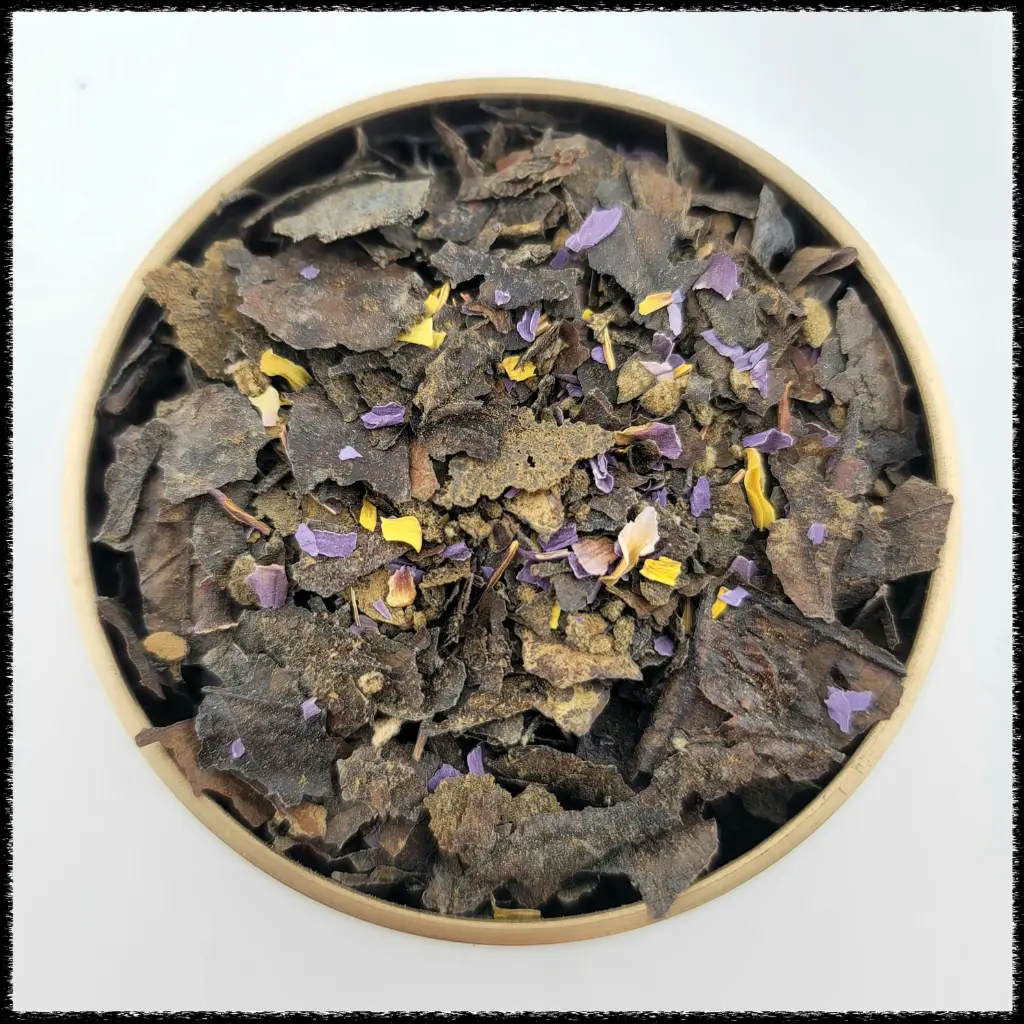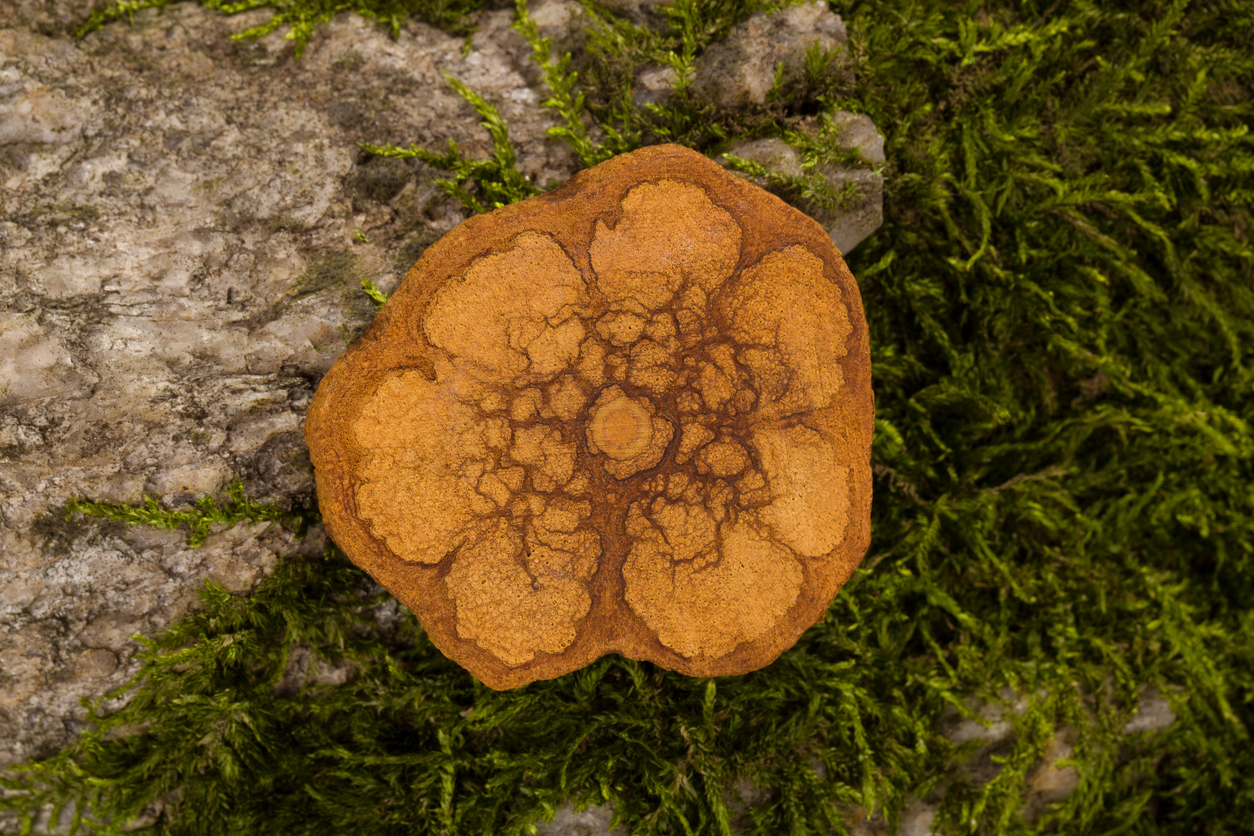Changa is an interesting psychedelic created in modern times. It is in a way a “smokeable ayahuasca” of sorts. While DMT and ayahuasca are ancient, changa is a much more modern creation originating in the early 2000s in Australia. But it still follows a similar formula of DMT and a MAOI. It is a blend that is meant to make DMT longer and smoother with a more mild experience. Changa has grown in popularity among modern psychonauts for its smoother, more grounded approach to the DMT experience. Let’s take a closer look at what changa is, how it came to be, how it works in the body, as well as looking at its interesting creation.
What is Changa?
Changa is DMT infused into a blend of herbs. A common blend usually includes (but is not limited to) the following: ayahuasca vine, mullein, passionflower, peppermint, calendula, blue lotus. Each blend carries its own unique aroma and energy, creating a personalized experience that can feel more ceremonial or meditative compared to other forms of DMT. Other combinations exist and there is no real strict formula when it comes to making a blend of changa. The herbs included in these mixes often act as carriers or as synergistic enhancers that add to the experience. Changa is different from DMT because it burns slower creating a much more gradual onset compared to smoking a freebase form of DMT. Users commonly mention how it has a more organic or “heart-centred” feel compared to pure DMT. Beyond its composition, changa is appreciated for its ritualistic potential. Many psychonauts incorporate breathwork, meditation, or calming music before smoking it to ground themselves and set the right tone. This mindful approach helps transform the session from a casual experience into a spiritual practice that encourages reflection and gratitude.

DMT Plus MAOI
The main compounds acting in this blend that lead to the psychoactive effects are DMT of course, as well as MAOI containing plants. MAOI or monoamine oxidase inhibitor has a role that slows down the metabolization of DMT which extends the experience and smoothens out the intensity. MAOIs allow the DMT to linger longer in the bloodstream, preventing it from breaking down too quickly. This mechanism is what has been used for centuries in ayahuasca which heavily extends the DMT experience up to several hours in length. Well changa only expands the experience to up to 45 minutes, it follows the same formula and mechanisms. It mimics the pharmacology of ayahuasca but in a smokable and more accessible way. Cautiousness is needed when it comes to using anything containing an MAOI as it can interact with certain foods, medications, or drugs in a very negative or risky way. When used responsibly, this synergy creates a more cohesive and introspective journey that is less abrupt, more emotional, and easier to integrate afterward.
Its Origins
Changa originates in Australia. Made by a psychonaut by the name of Julian Palmer in the early 2000s. Julian’s goal was to make DMT more approachable and spiritually grounded. Its rise began in Australia and South America before it started exploding in online communities. It later started to become more well known in the psychedelic community and gained global popularity. It is sometimes viewed as a way of bridging the traditional form of ayahuasca and modern DMT use. Bring the DMT experience back down to Earth and make it more tame. It is also important to note that it is incredibly unsafe to combine this mix of compounds with any alcohol stimulant, or antidepressant as the consequences can be lethal in some cases. The simplicity of changa’s preparation also helped its spread, as enthusiasts could create their own blends with locally available herbs. This accessibility gave rise to small creative communities experimenting with unique recipes after it became more popular, each mix carrying its own symbolic meaning or energetic “signature.” Over time, changa became a cultural bridge between science, spirituality, and personal experimentation.
If you are interested in reading more about its origins and facts, you can take a look at the blog of the original creator of Changa here. Most of the information we are using in todays blog comes from here.
Its Effects
Changa’s effects can vary depending on the recipe of the blend but still relatively remains straight forward. It brings a slower and gentle onset and very much feels like DMT but with less intensity and chaos that freebase DMT can create. MAOI containing herbs can bring a more slow paced introspective tone into the experience. The whole experience is often described as more guided and spiritual than regular DMT. This makes sense given the similar mechanism ayahuasca follows. Changa is still a powerful tool, so it is careful to approach with caution and genuine intention. Changa (like DMT) demands respect as it can still be intense compared to other psychedelics. It is also crucial to acquire changa from legit sources. It also has an afterglow effect following intentional use. The following days might come with more joy and empathy. Many users describe vivid geometric visuals, deep emotional release, and moments of transcendence that echo the spiritual qualities of ayahuasca but in a shorter form. Here at hallucinogenics, we have our own in house blend (recipe on the product page) of changa that you can check out here.
Conclusion
Changa is a perfect modern take on ancient techniques. Bridging the gap from ayahuasca to modern DMT use. It represents a balance with an intense yet gentle experience. When treated with care, changa invites us to explore the space between spirit and self, revealing the beauty within both. It allows DMT to be used in a more manageable way but just as intentional and beneficial. With careful use, changa can be a powerful tool to the user’s self growth. Whether for healing, creativity, or exploration, changa stands as a reminder that powerful spiritual tools can exist in modern, mindful forms. As our understanding of consciousness evolves, changa continues to inspire curiosity and respect for the mysteries within.



